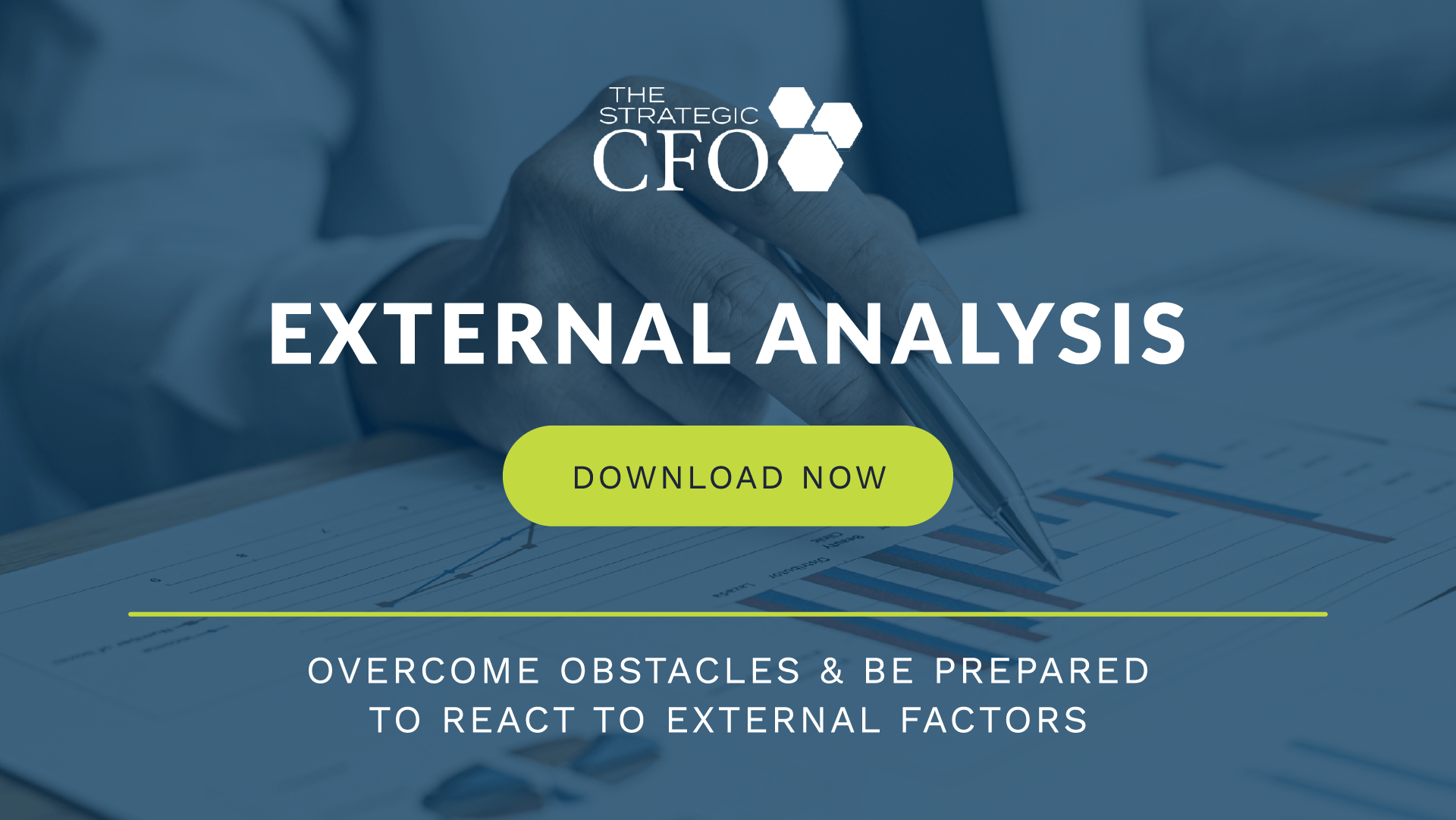See Also:
Cafeteria Plan
Evaluating and Renewing Employee Health Insurance Plan
How to Hire New Employees
How to Run an Effective Meeting
Professional Employer Organization (PEO)
Insulate Your Small Business from Rising Health Insurance Costs
How many times have your employees — or even potential employees — expressed concerns about the rising health insurance costs that your small business provides? It’s an employee concern that most small business owners dread discussing. Furthermore, providing comprehensive healthcare can be a substantial cost burden. There are small business owners who can afford to provide a competitive benefits package in the short-term. But many are not aware that their rates can increase in the long-term as the result of employee illnesses that require substantial medical care and cost.
Going It Alone
Often times, small businesses implement a health insurance plan one year. But they see their costs skyrocket in subsequent years due to the health experience of their small employee base. If there have been health conditions that resulted in significant costs, then insurance rates for the small group plan rise. And a once competitive plan becomes a cost burden to the company. When a small or medium-sized business obtains its own health care coverage and is faced with a significant rate increase due to the performance or cost burden generated by the small pool of employees, difficult choices emerge:
• Eliminate or reduce coverage
• Increase the employer contribution to the premium
• Increase employee premiums
Partnerships Can Help
To help protect themselves from these types of increases, many small businesses choose to partner with a Professional Employer Organization (PEO). PEOs operate under a co-employment model which is based on a commitment by the PEO to share employment-related risk with clients; thereby helping to reduce financial exposure.
In terms of health insurance, the co-employment model can provide extra protection for the client when facing the future impact of serious and costly employee medical conditions. Why? Because the co-employment model allows the fiscal impact of one person’s illness to be spread across the entire healthcare pool in the PEO co-employment relationship (e.g. thousands of employees), instead of just the small number of employees the small business has on its own. This buying power is something that typically would be only available to larger companies. Small employers cannot exercise these economies of scale on their own. (Milt Freudenheim, “At a Small Business, One Illness Can Send Insurance Costs Soaring,” Wall Street Journal, May 5, 2007, page A1.)
The Larger Pool
It’s important to consider partnering with a PEO before significant health care issues and rate increases occur. Once you are in the PEO relationship, as a co-employer, the PEO will no longer have visibility to health care performance of your individual company employees. Then determine rates based on the performance of the larger pool. When evaluating PEOs, ask for their average medical rate increase over the past few years. Then, get an idea of what the experience of the pool has been. While not an indication of future performance, it will indicate how well the pool has been underwritten and managed in the past.
Download your free External Analysis whitepaper that guides you through overcoming obstacles and preparing how your company is going to react to external factors.

Access your Projections Execution Plan in SCFO Lab. The step-by-step plan to get ahead of your cash flow.
Click here to access your Execution Plan. Not a Lab Member?
Click here to learn more about SCFO Labs











